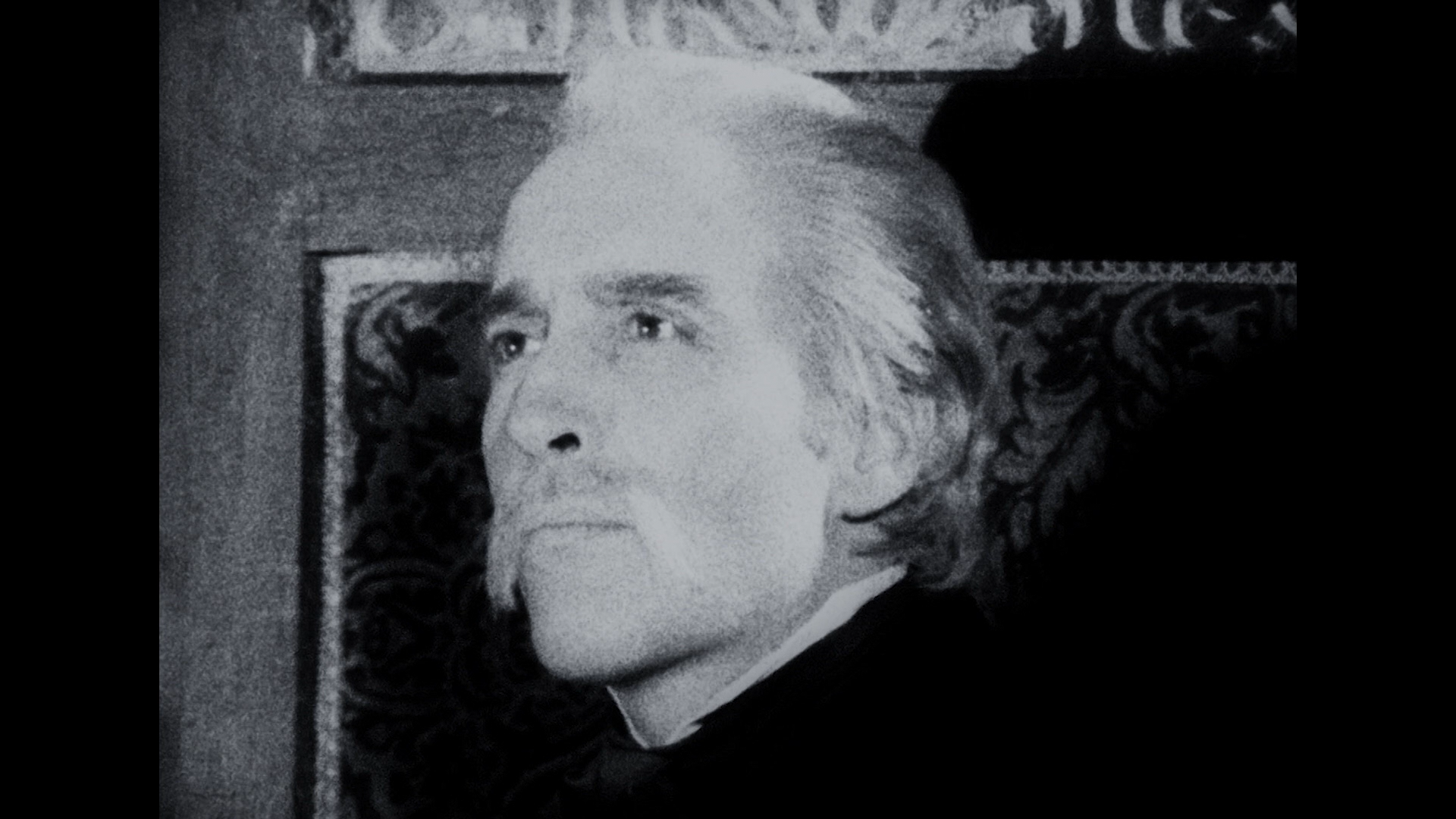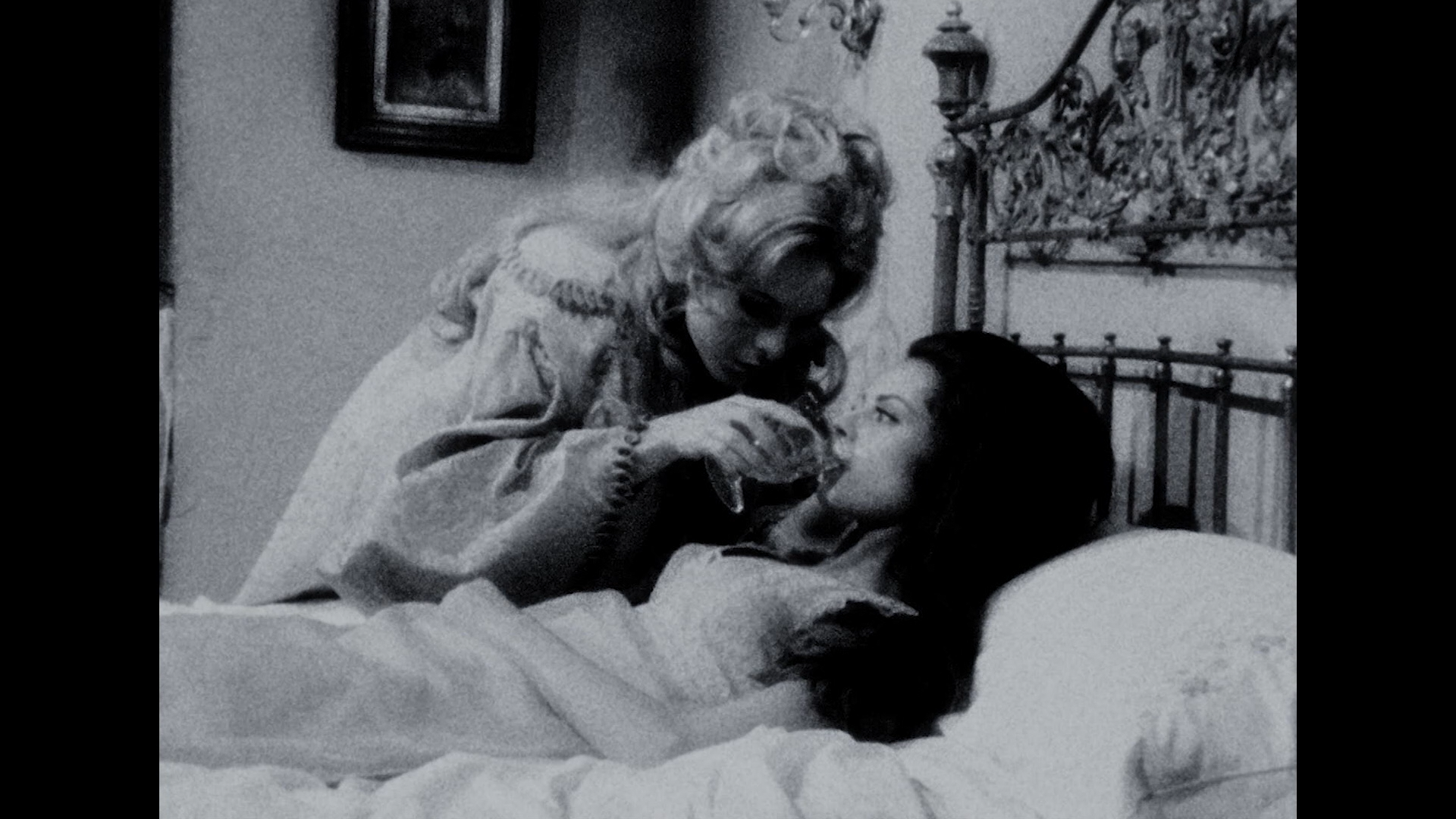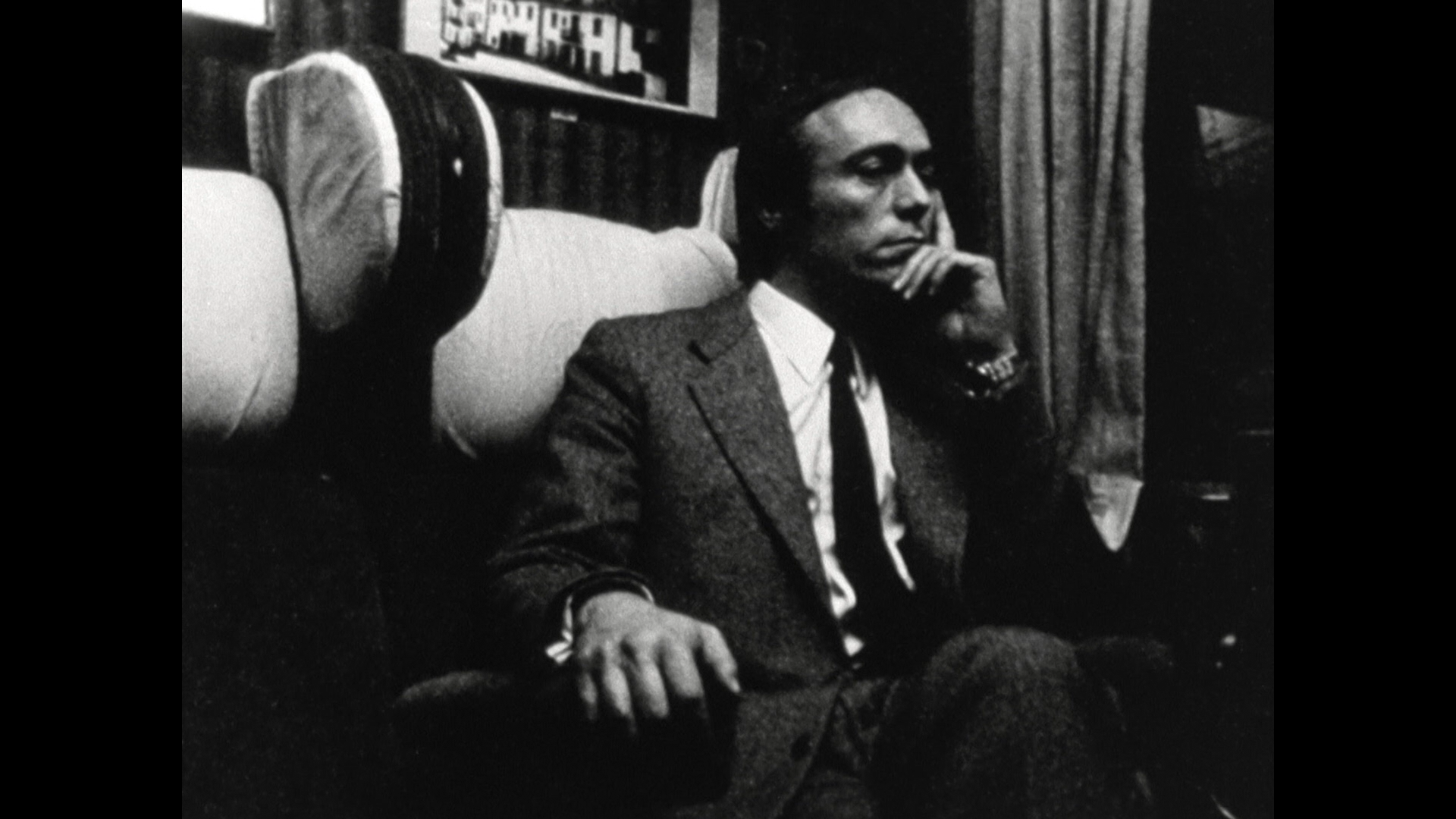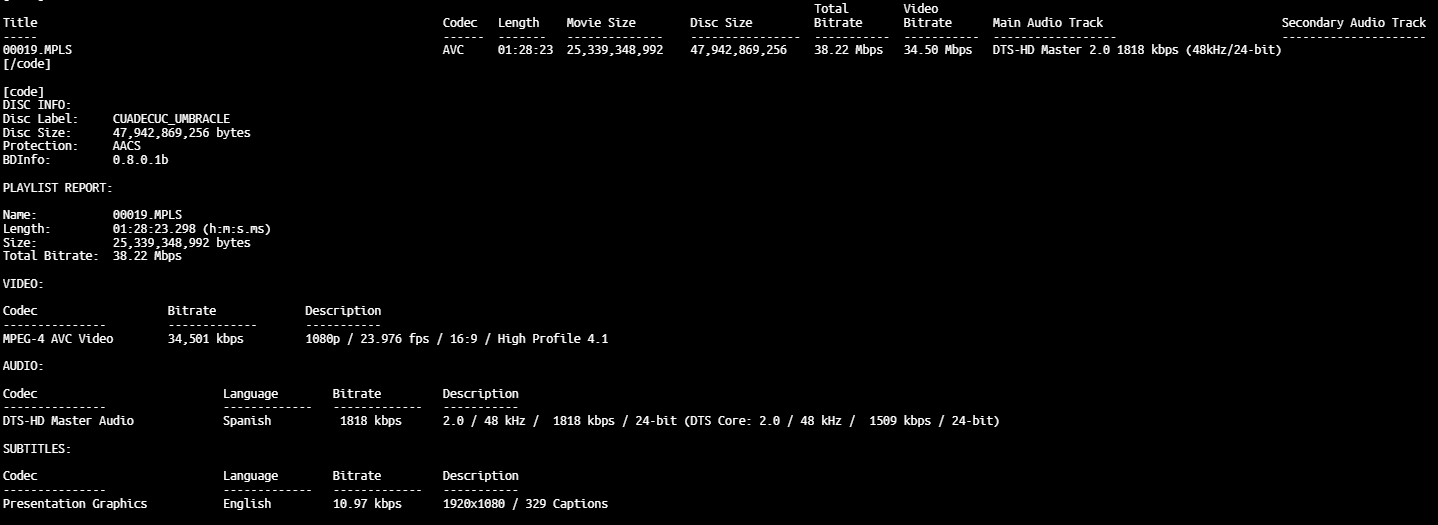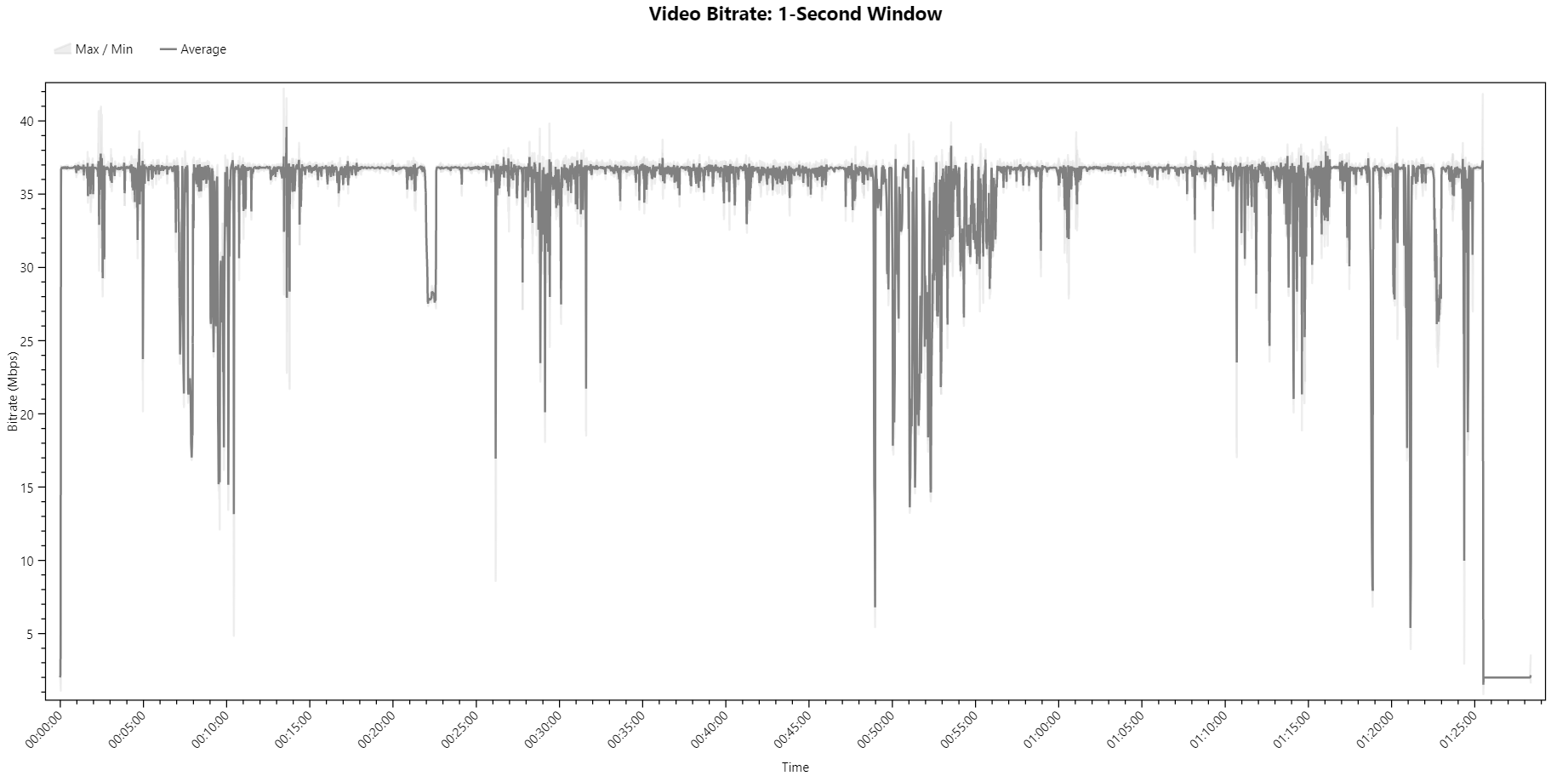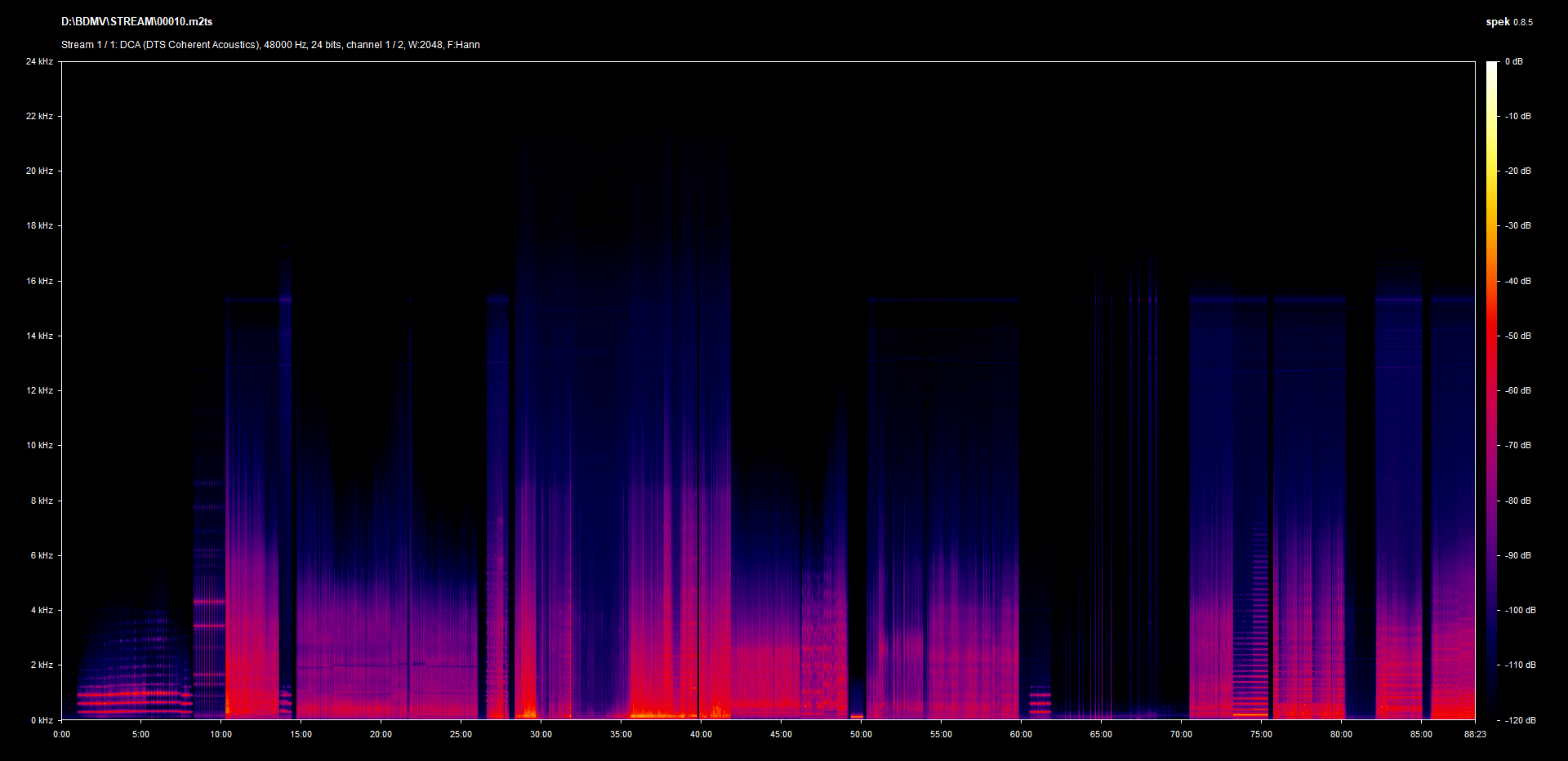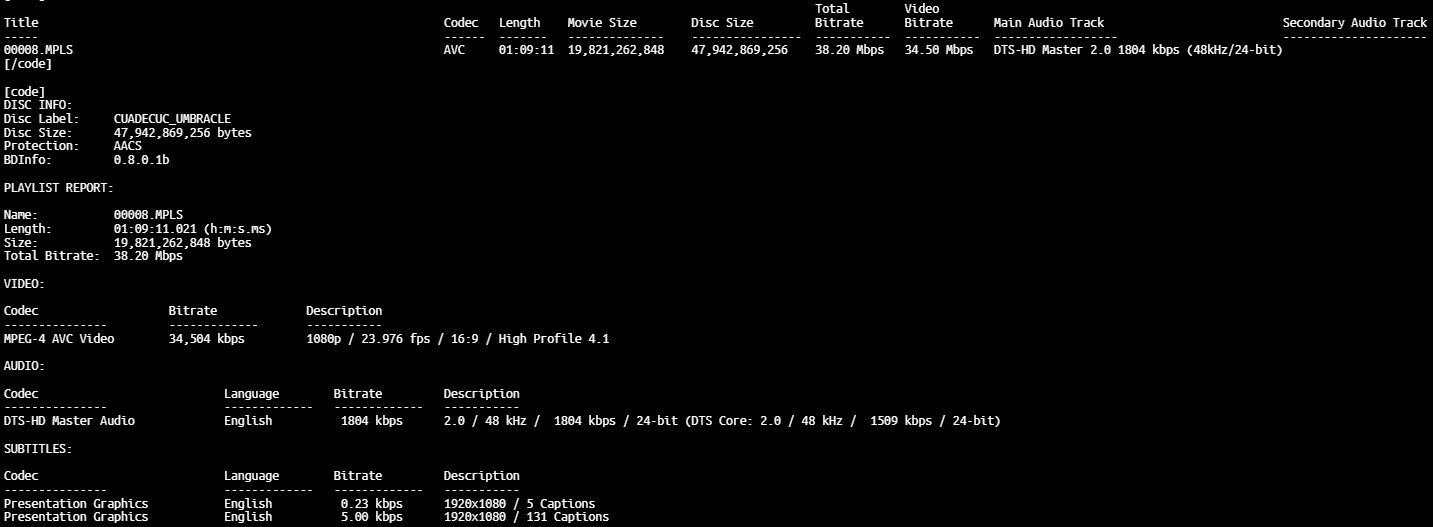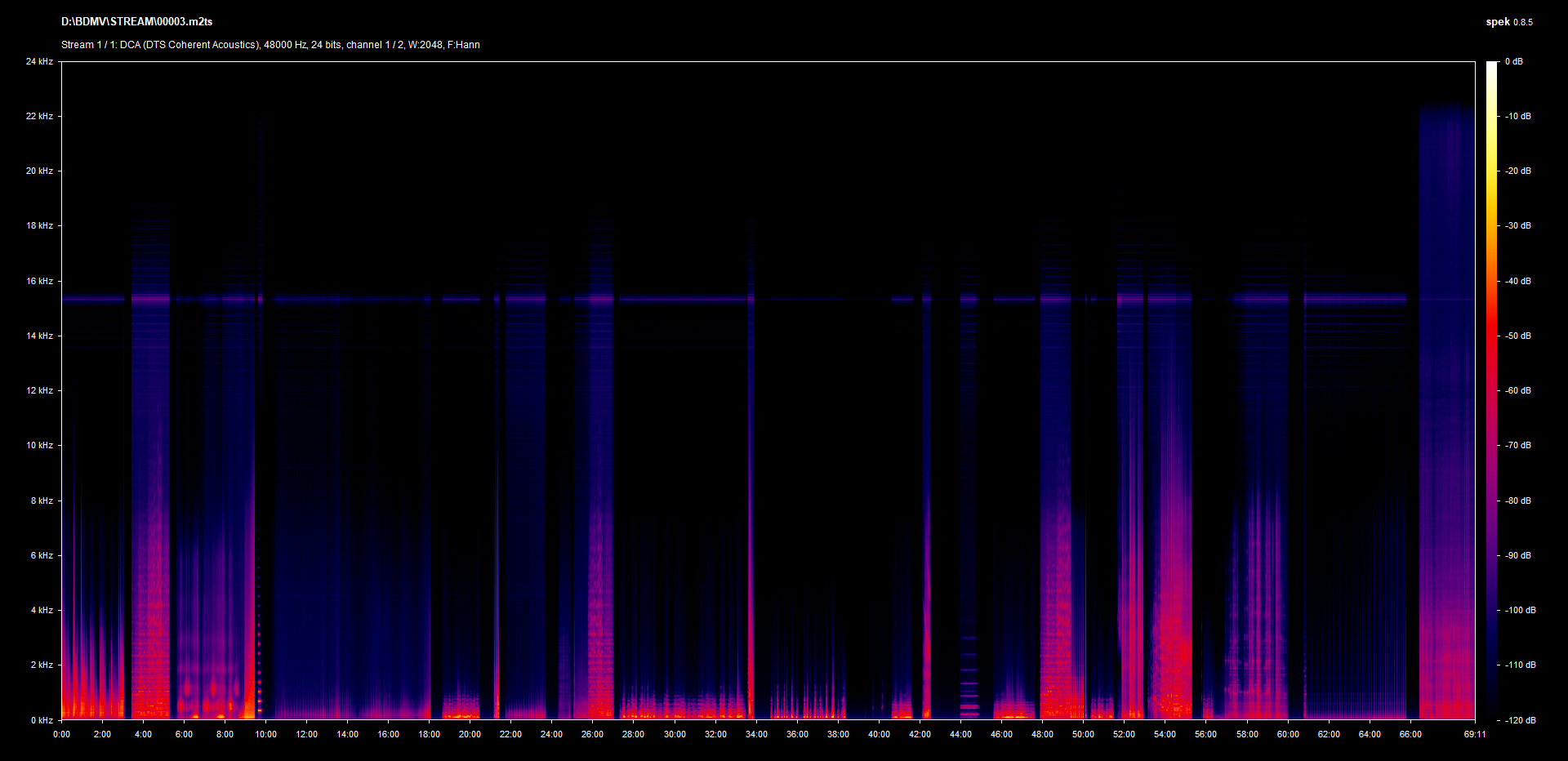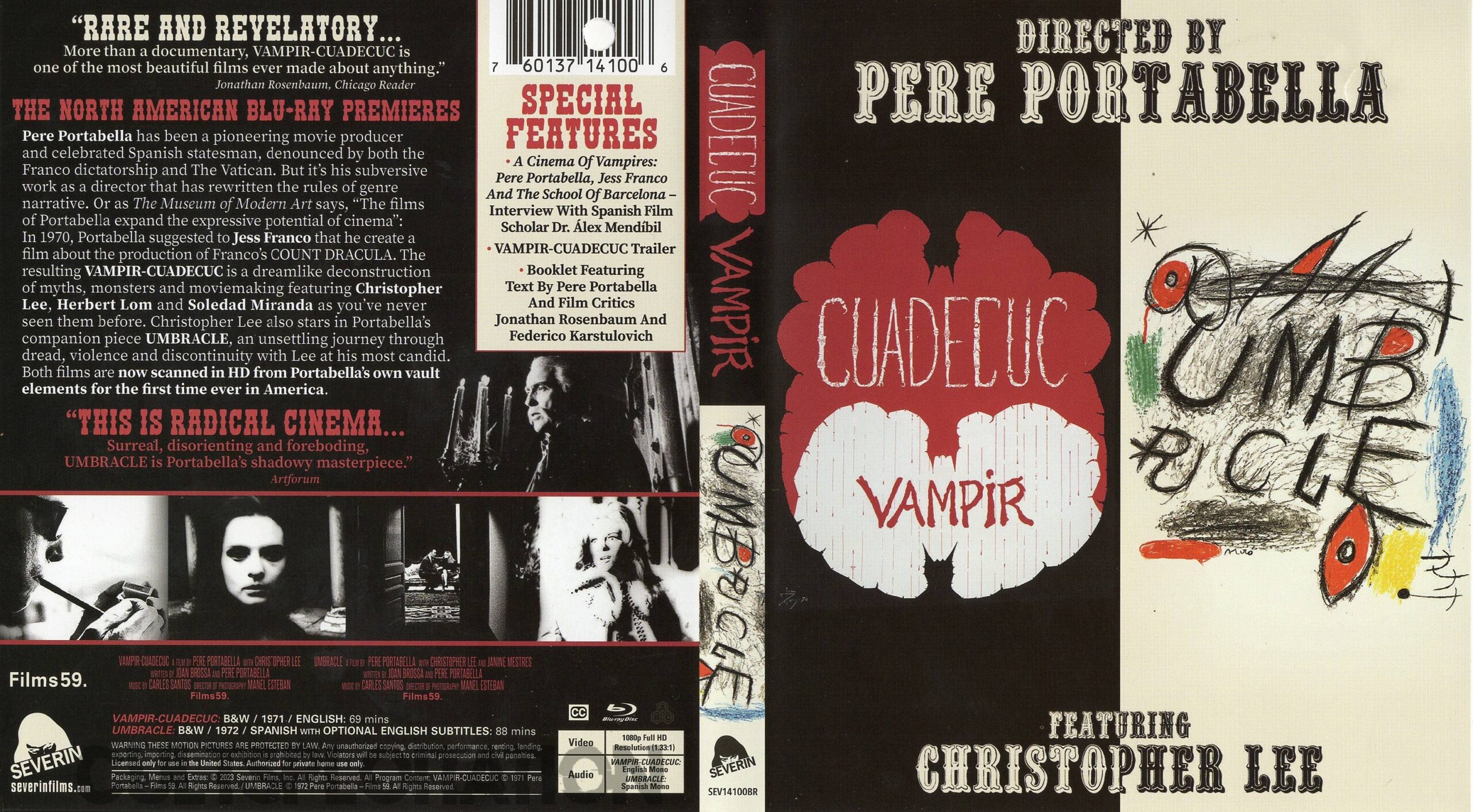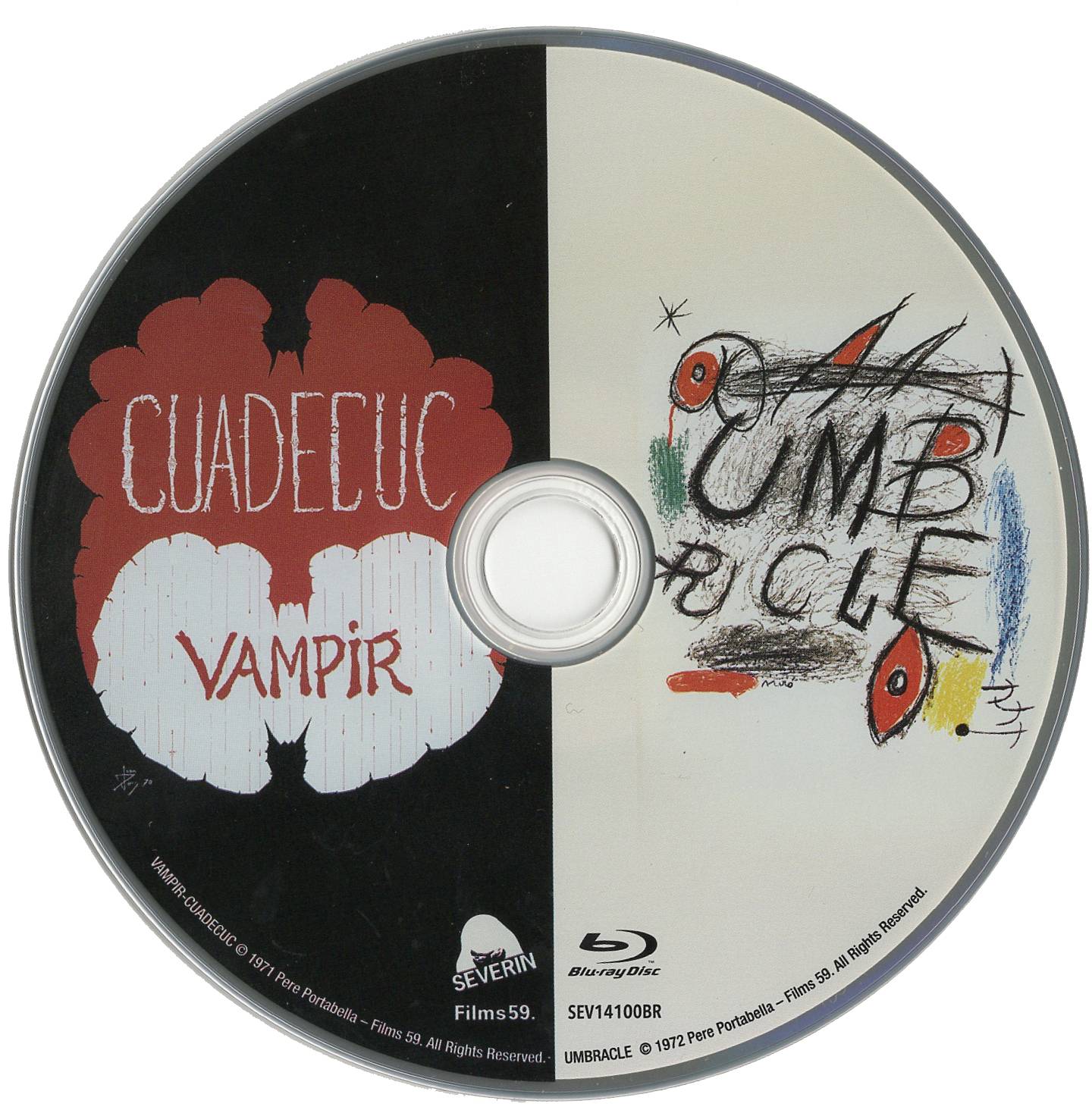
Vampir-Cuadecuc
Pere Portabella’s Vampir-Cuadecuc was shot contemporaneously with Jess Franco’s Count Dracula, which could be considered something of a B-roll documentary if not for the smattering of narrative throughout. Shooting on 16mm, Portabella grabs footage from behind the scenes, or during portions of Count Dracula‘s filming that may not have made it into the final cut, generating alternate angles, capturing candid moments, and rewriting the narrative of the Dracula story by offering it with only Carles Santos’ sparse and noisy score as context.
For most viewers, the idea of Vampir-Cuadecuc will hold more allure than the actual act of watching it. Portabella uses a lot of interesting techniques throughout the film, including alternate shots, anachronism, and even meta elements that pull the viewer into a strange abstraction of watching a film being made, while at the same time watching a film. The high contrast 16mm and silent nature of the movie often evoke Murnau’s Nosferatu, and yet at the same time Portabella is also clearly dissecting and deconstructing the classic vampire tale. These moments are interesting, especially given the presence of Jess Franco in some choice scenes and the way the movie can often take routine backstage moments and make them feel surprisingly eerie.
However, the movie’s 69 minute running time feels a bit long for the concept. Contextually, Portabella’s statement about filmmaking under Franco’s dictatorship is remarkable and important, but perhaps not as entertaining to experience. Vampir-Cuadecuc is a unique piece of cinematic history, and for those interested in the more abstract and artistic elements the medium can convey, Portabella’s work should be experienced at least once. But for cult film fans looking for an actual vampire narrative, it’s hard to recommend Cuadecuc as a casual watch.
Umbracle
Like Vampir-Cuadecuc, Portabella utilizes various sources in his 1972 film Umbracle, including Christopher Lee as a recurring figure throughout the production. Also like the aforementioned film, Portabella foregoes a traditional narrative in favor of one that employs both abstract and documentarian approaches as metaphor for commentary about Francoist Spain, a historical context that may be missing for many contemporary viewers.
There is something of an ethereal quality at play throughout Umbracle as the viewer experiences a number of different excursions with Lee while also subjected to an uncomfortable train ride, a few talking-heads style pieces about filmmaking and censorship in Spain, a painful clown sketch, and a disturbing chicken slaughterhouse. Much of it comes off as rather bland, and yet there’s always the semblance of a message sitting just below the surface of the imagery Portabella includes. Other highlights work quite well but seem mired in Portabella’s extremely intentional and stylistic filmmaking.
It’s doubtful most viewers will find much to love about Umbracle; in addition to being deeply contextual, it also at times seems purposefully obtuse. And unlike Vampir-Cuadecuc, the viewer does not have the familiar narrative of Dracula to fall back on. But despite this, certain elements do shine through that hint at a compelling artist. Unfortunately, Umbracle requires a specific audience to get the most enjoyment out of it, and this reviewer is not part of that.
Blu-ray
Severin Films has released Vampir-Cuadecuc and Umbracle together on a Blu-ray disc; previously Vampir-Cuadecuc was included as an extra on their Count Dracula Blu-ray. Here, they’ve done HD scans for both films, which in itself is something of a wonder considering the source and various odds and ends in both features.
Vampir-Cuadecuc looks the more consistent thanks to its B-roll-esque filming techniques. Portabella employs a lot of high contrast with stark black-and-white, and these scenes look quite good (and some times headache-inducing). Film grain can be quite high depending on the scene, but ultimately the film evokes the kind of cinematographical flourishes that it seems Portabella intended.
Umbracle is the more varied offering due to the variability of its source material, taking footage from documentary interviews, a Spanish war film, and the previously mentioned chicken slaughterhouse. It can occasional take on a grainy, flickering texture, but overall it looks about as good as can be expected from a collage-like film such as it is. Overall, Severin has done a good job with these HD transfers with the sources far from perfect.
Audio is presented with DTS-HD 2.0 mono tracks; while Vampir-Cuadecuc has very little dialogue, it’s technically English considering Lee’s reading of a Dracula passage, whereas Umbracle is mostly Spanish with occasional English from Lee. Both sound good but overall intention of the films’ soundtracks is to provide a noisy collage of sounds, represented quite well here. Lee’s speeches are a bit more muffled especially during his recitation of “The Raven” in Umbracle, and curiously the subtitles do not provide English text.
Extras include a new interview with Dr. Álex Mendíbil on the career of Portabella including his relationship with Jess Franco; he documents pretty much all of Portabella’s works and then goes into more detail about both Vampir-Cuadecuc and Umbracle. It’s an enlightening 30 minutes that gives a lot of much-needed context into Portabella’s works on this disc, and is recommended for those interested in these films. A trailer for Vampir-Cuadecuc is also included.
Also in this release is an essay booklet featuring writing from Portabella, Jonathan Rosenbaum, and Federico Karstulovich providing some historic context of each film’s release and some commentary on Francoist Spain.
Extra Features
- NEW scanned in HD from Portabella’s own vault elements for the first time ever in America
- NEW “A Cinema Of Vampires: Pere Portabella, Jess Franco And The School Of Barcelona” – Interview With Spanish Film Scholar Dr. Álex Mendíbil (1080p; 35:40)
- Trailer (1080p; 1:50)
- NEW Booklet Featuring Text By Pere Portabella And Film Critics Jonathan Rosenbaum And Federico Karstulovich
Verdict
Pere Portabella’s works serve to be quite divisive and probably offer limited entertainment to the average moviegoer. But for those looking to experience the more artistic elements involved in cinema during Francoist Spain, this double-feature from Severin provides much-needed context with its extras to support the viewer in their excursion through these works.




